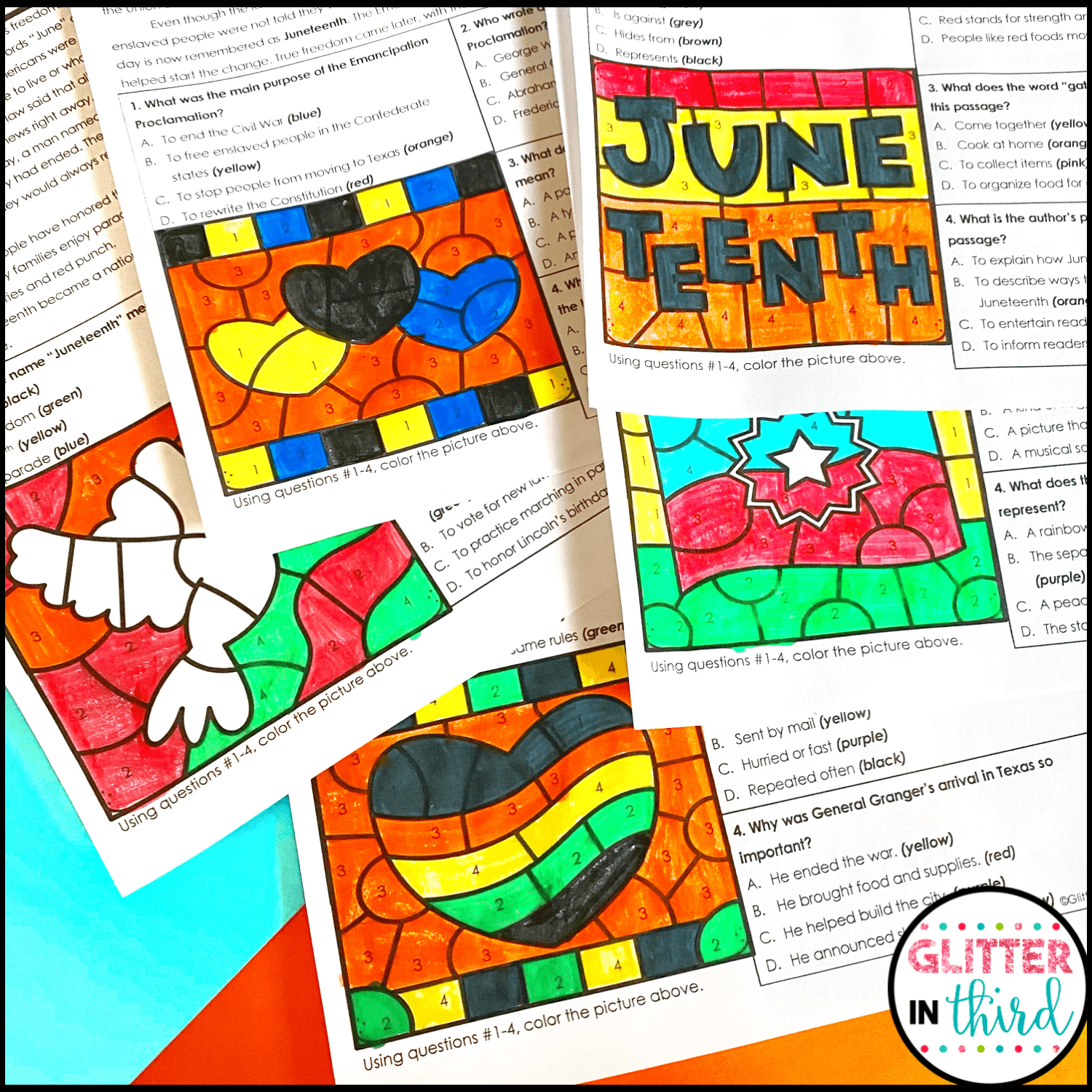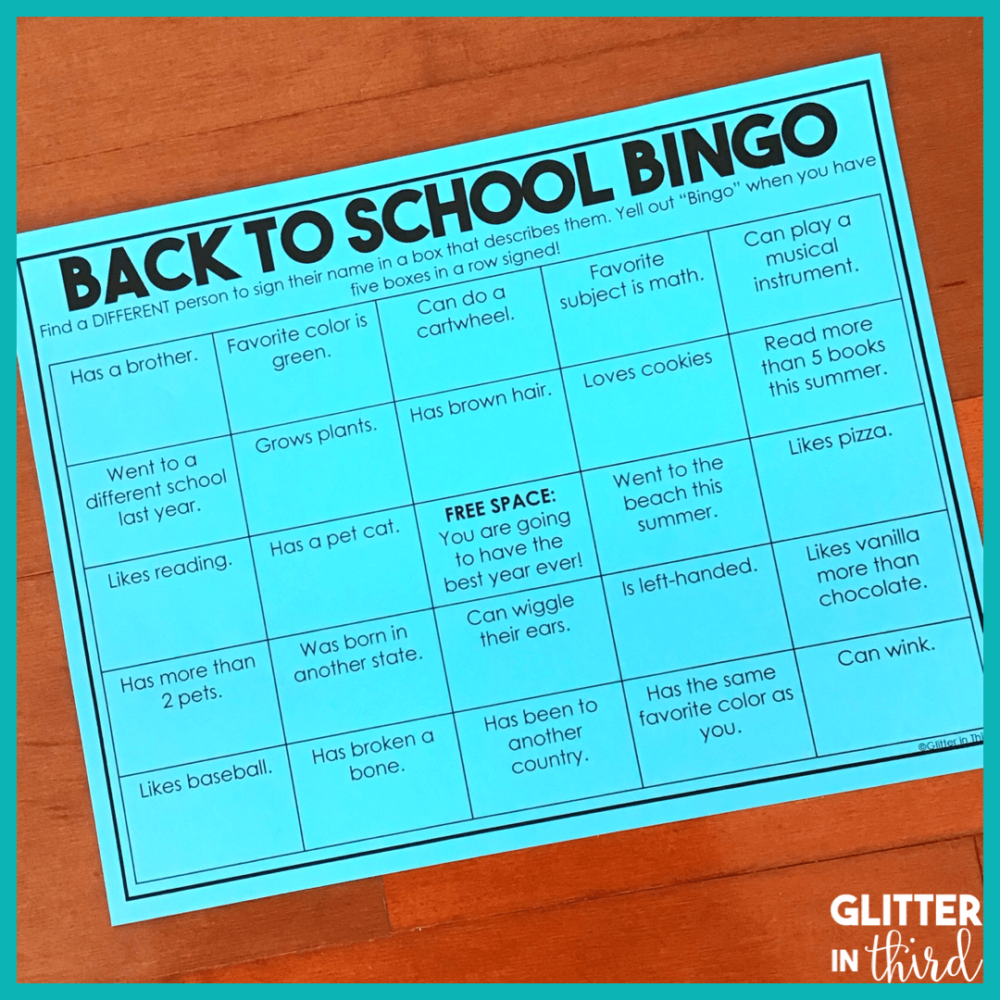Join the VIP Teacher Club!

If you’re looking for age-appropriate activities, lessons, or worksheets to help your students learn about Juneteenth, you’re not alone. This important day in American history deserves time, space, and thoughtful discussion—even in elementary school.
Whether you’re teaching summer school or planning ahead for next year, here are several meaningful Juneteenth activities that help young learners understand the day’s significance in a respectful and developmentally appropriate way.
Books are one of the easiest and most powerful entry points for tough topics.
A few great choices for teaching Juneteenth to kids include:
After reading, ask students reflective questions like:
Art can be a powerful tool for reflection. After reading about or discussing Juneteenth, invite students to create artwork inspired by what they’ve learned. This might include drawing scenes of hope, celebration, or community, or creating posters with meaningful words like “freedom,” “justice,” and “equality.”
You might also display the official Juneteenth flag and guide a discussion about its colors and symbols—what they represent, and why that matters. Rather than creating their own versions, students can respond to the flag through writing, sketching, or sharing what it makes them think or feel.
Music has always played a powerful role in African American history, from spirituals to anthems of hope and resilience. A great way to introduce Juneteenth is by listening to Lift Every Voice and Sing, often called the Black national anthem. After listening, discuss the lyrics and ask questions like:
Then, invite students to write short poems in response to what they’ve learned. Prompts might include:
These poems can be shared aloud or paired with art to help students reflect on the meaning of the day using their own voices.
If you’re looking for a low-prep way to reinforce reading skills while still honoring Juneteenth, my Juneteenth Reading Comprehension Color By Number worksheet is a great fit.
It’s designed specifically for 3rd graders, with short passages that introduce key facts about the holiday in a thoughtful, accessible way. Students answer questions to uncover a mystery picture—making learning both meaningful and fun.
Check it out HERE!
I also have a Holiday Reading Comprehension Bundle available! If you love having themed reading resources on hand throughout the year, you might also like my Holiday Reading Comprehension Color By Number Bundle, which includes passages for holidays like Veterans Day, Earth Day, Thanksgiving, and more—including Juneteenth. It’s a great way to bring meaningful content into your classroom all year long without the prep.

Finally, make time for students to share their thoughts, feelings, and questions. For many children, Juneteenth may be a new concept, and they might not fully understand the history or its emotional weight. Creating space for open, respectful conversation allows students to process what they’re learning in a safe and supportive environment.
You might start with questions like:
Encourage students to listen to one another and make connections to their own lives and values, such as fairness, justice, or community. Even if some students don’t have much to say at first, just knowing that their voices matter can help build empathy and deeper understanding.
These discussions may not always have neat or simple answers—and that’s okay. The goal is to help students think critically, reflect thoughtfully, and feel empowered to keep learning.
Looking for more Juneteenth activities for kids? Keep your lessons focused on history, empathy, and the power of freedom—with simple tools that work for your classroom.
Don’t forget that I have Juneteenth Color-By-Number Reading Worksheets that would work perfectly in yoyur classroom for informative and meaningful work that it also engaging.

Like these back to school read alouds? Fill out your information below to snag a FREE back-to-school BINGO! You can also read all about it HERE.

Hey there, I’m Kelly! I I love helping teachers save time with technology and resources so they have more hours in the day to spend with family and friends. Take a look around to find new ideas that you can implement in your classroom today!